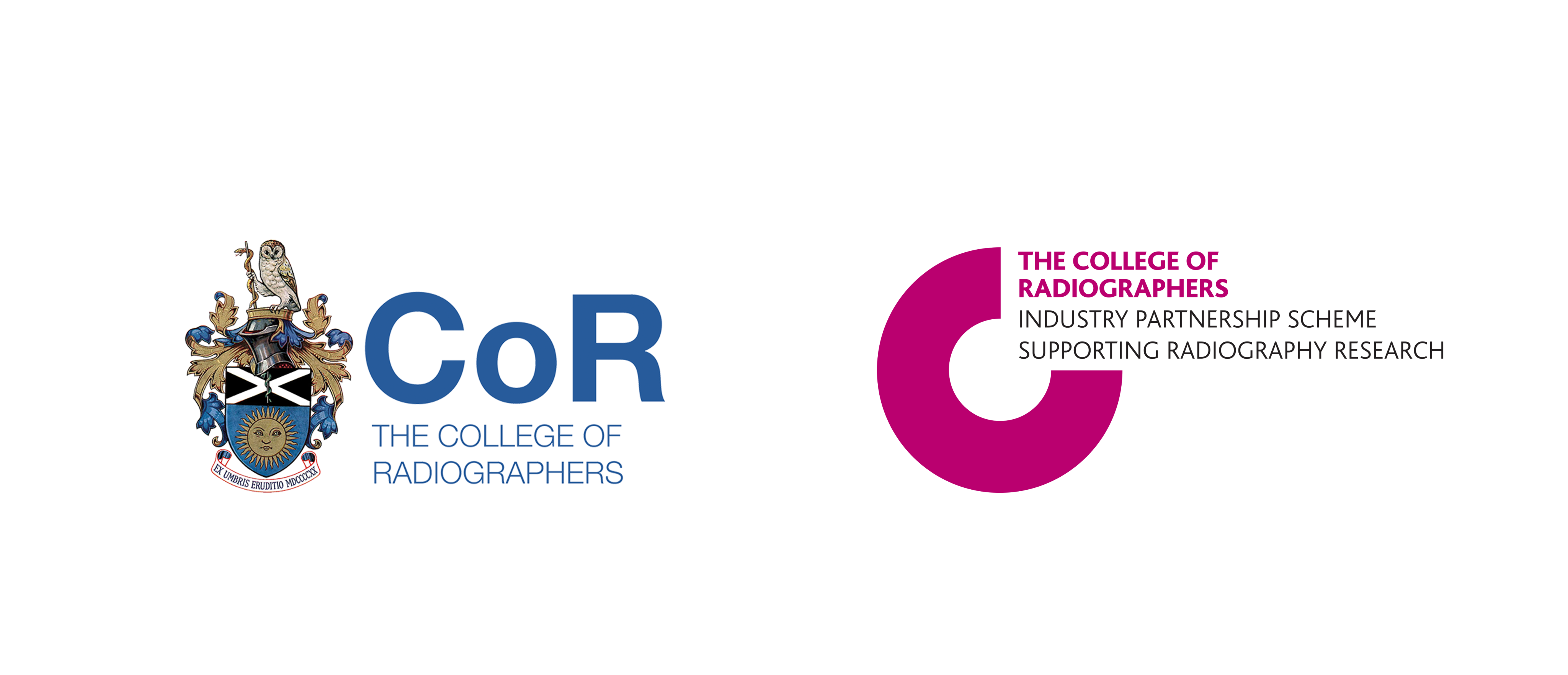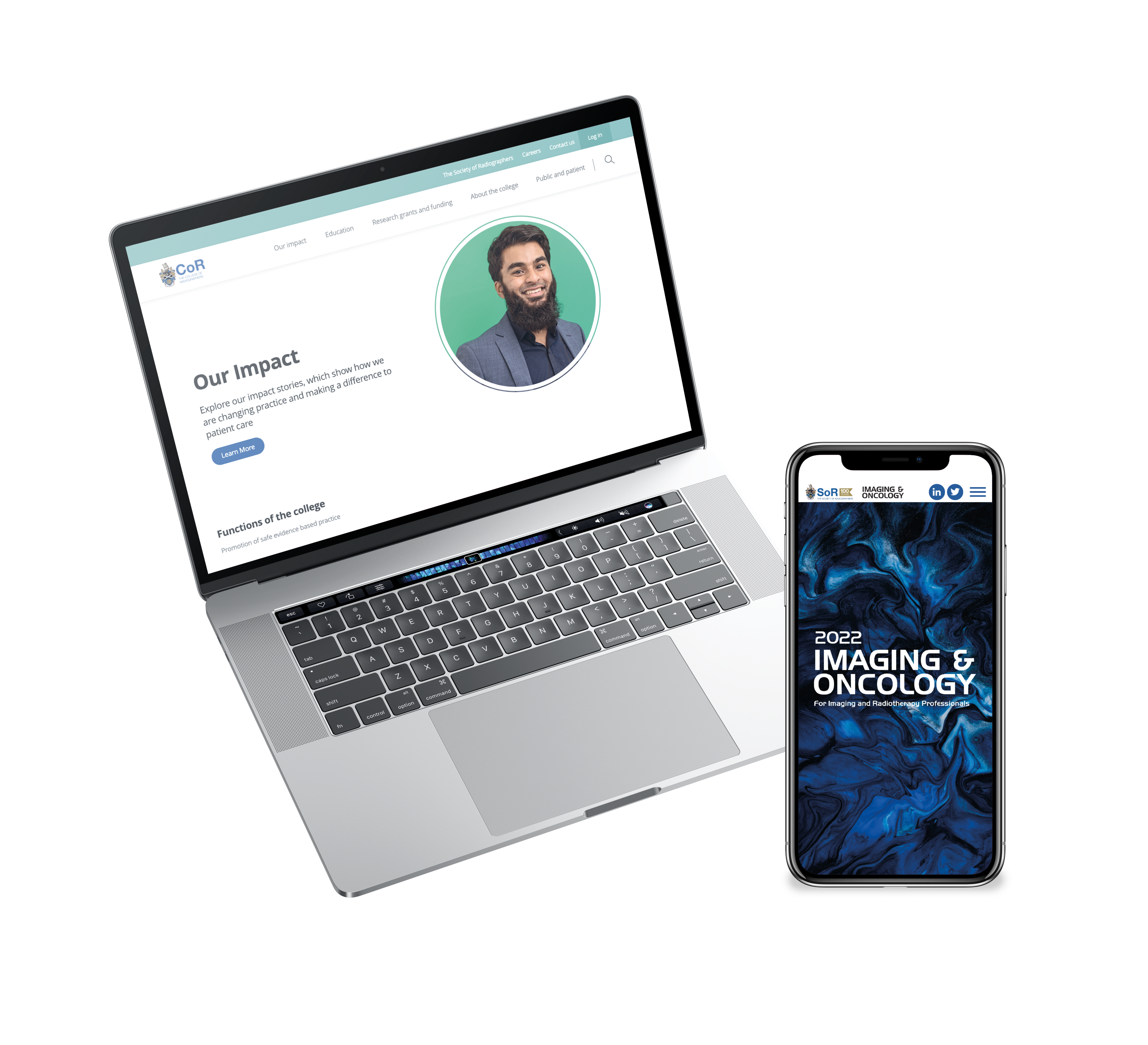A CoRIPS success story
Shannon Johnson
Therapeutic radiographer
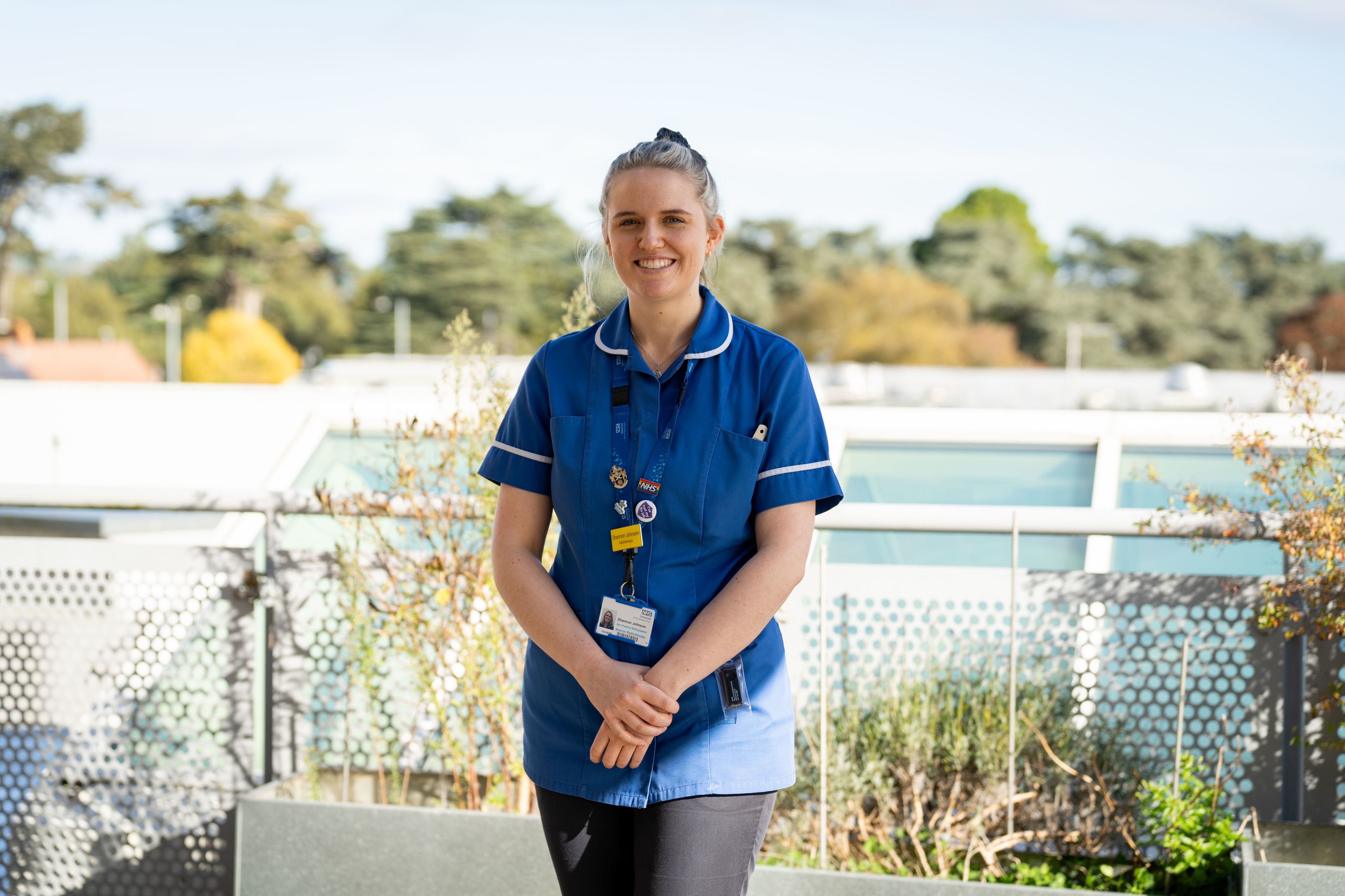
Thanks to funding from the College of Radiographers Industry Partnership Scheme, Shannon Johnson is researching how more people can be encouraged to become therapeutic radiographers
The shortage of radiographers in the UK is well-documented but the lack of therapeutic radiographers working in hospitals is even more stark.
Shannon Johnson, a palliative specialist radiographer working in Somerset, stumbled into her own career path as a therapeutic radiographer, having started out in the diagnostic side.
Having found a true passion for the therapeutic role, Shannon began to wonder why so few people were training to become therapeutic radiographers.
That question led Shannon into career outreach, as she hoped to raise awareness of the role in schools, which in turn has spawned an entire research project in which she is investigating ways to get more people into therapeutic roles.
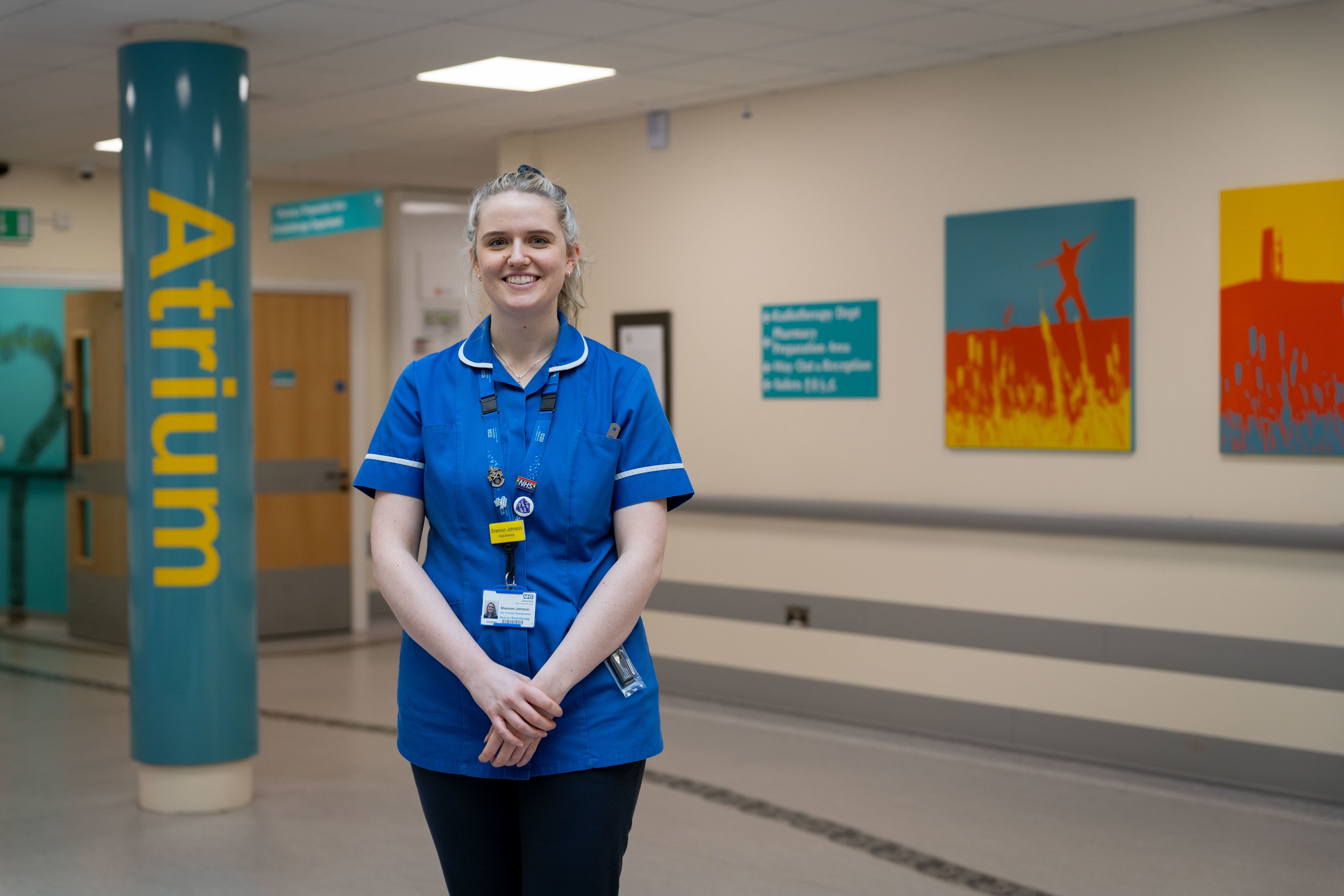
Stumbling into the specialty
“I knew I wanted to do something in healthcare,” Shannon said, on her own career path. “I undertook some work experience, and radiography was the profession that interested me. I fell into the therapeutic side accidentally, but I’m so glad that I did, because I think I prefer this side much more.”
Shannon first became aware of radiography careers through her mother, who works in mammography. After undertaking work experience, Shannon then trained at the University of the West of England in Bristol, before taking up a role at The Beacon Centre, Musgrove Park Hospital, Taunton, in Somerset, where she still works.
On her role in the cancer centre, she said: “It’s probably one of the most rewarding jobs because I get to spend so much time with patients. We have that time to spend with patients to actually make a difference in their cancer journey.
“Going through a cancer diagnosis is traumatic, so to play a part in making this difficult time a little better is an amazing feeling. I come home at the end of the day feeling privileged that I have been able to make a difference to people.”
Research aims
Shannon is principal investigator of the CoRIPS-funded research project and is working alongside three others - two of whom work in education, and another who specialises in research and trials - offering broad expertise behind the research.
She said: “It’s about investigating recruitment and outreach in the UK, split into two – recently qualified radiographers, and professionals with extensive experience - to find out how outreach and recruitment work in their department, as well as what are the barriers to recruitment, and also what do they find is useful for recruiting for the future of our profession?
“We also asked students who recently qualified why they decided to join the profession and how recruitment could be improved to entice prospective students. It was important to get an overall picture of what people thought was important. We identified additional barriers but also positives that we could consider in the future, such as how useful career outreach activities were as well as the impact from the Covid-19 pandemic.”
Having collected data through online surveys sent to all the radiography departments and university courses in the UK, the next step for the team is to compile their findings into a research paper.
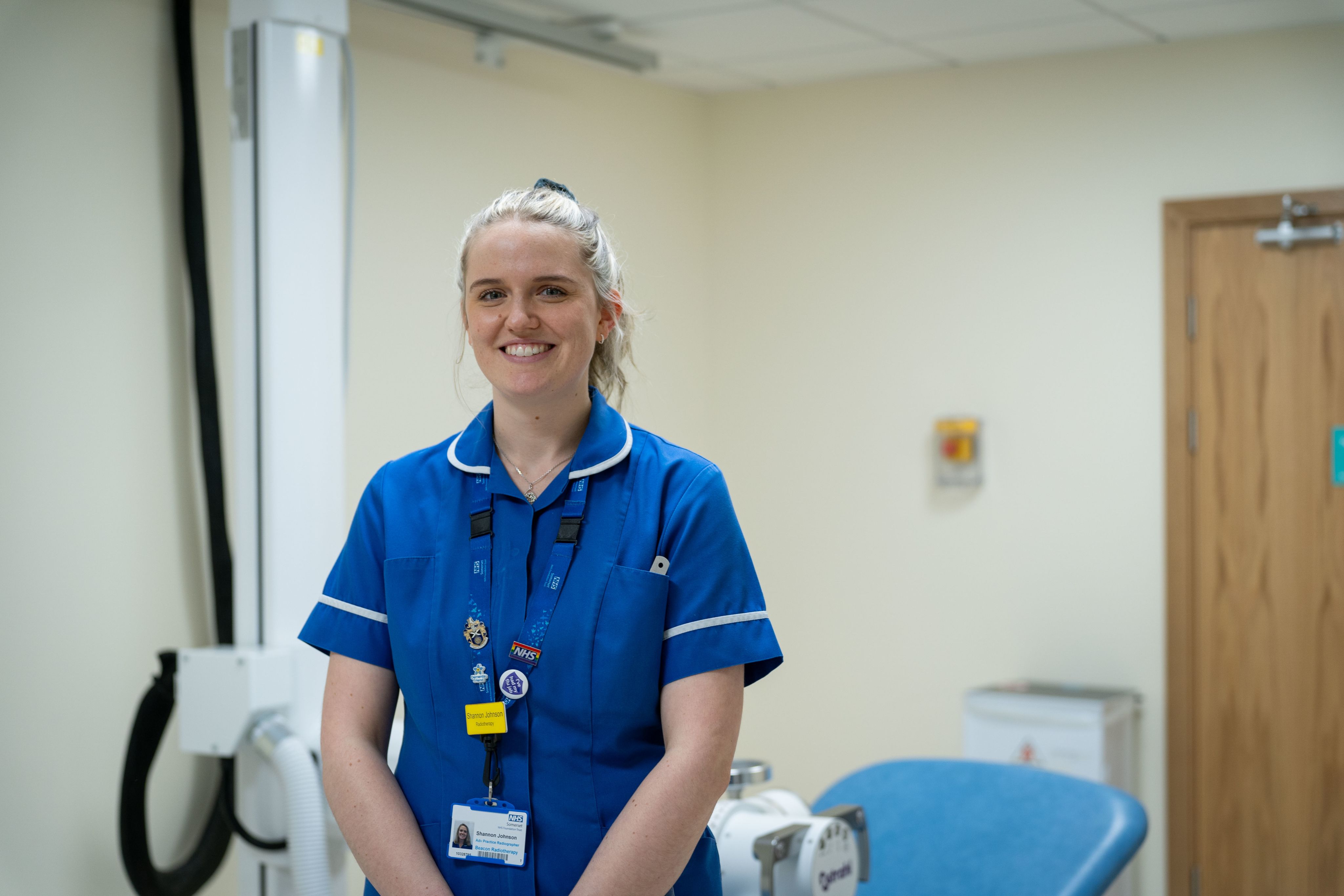
Key conclusions
With work on writing the paper already underway, Shannon shared some of her biggest takeaways from her research so far: “It was apparent that Covid-19 impacted the opportunity for students to access work experience, which translated into a drop in applications of students who were aware of radiotherapy as a career. As students didn’t have to have a work experience placement it was a shock for certain students not knowing what was involved in a career as a therapeutic radiographer.
“Then for qualified professionals, Covid 19 they didn’t have the time to go out and speak to different students about the radiography profession and entice them in.”
Shannon added that lack of funding for outreach into schools was another major barrier, preventing departments from raising awareness about radiography roles, which sparked the question of whether a specific outreach role would benefit hospitals in the long run.
The age at which the health service approaches students about future careers also emerged as a factor - by the age of 16-18, many students had already decided on their courses for further education, so it was too late to entice them into a radiography career.
Finances were of course seen as another barrier to entering the profession, particularly the cost of studying and associated costs like travel to placement, or childcare costs for mature students.
Media coverage of the health service also emerged as a factor in people’s perceptions of radiography. “Whenever radiography is in the media, it’s when something has gone wrong,” Shannon said.
“People have said ‘We’re in a recruitment crisis’, but why would someone want to join the profession knowing that? So I think we need to make sure that the profession looks more attractive, and is not putting off future students.”
So what would Shannon say to any radiographers out there considering undertaking their own research?
“There are large gaps in radiography research of this topic,” she said. “The funding is there, so we need to use it. A really supportive team assisted me with the research and I learnt so much from them. I received valuable support and guidance on the funding application process which I can use when applying for future research projects.”
Funding for radiography research
The CoRIPS Research Grant funds projects related to any aspect of the science and practice of radiography, offering funding of up to £5,000 for small projects and up to £10,000 for larger projects.
Find out more...
Shannon Johnson is a palliative specialist therapeutic radiographer, based at The Beacon Centre in Taunton, Somerset.
Image credit: James Aitken


